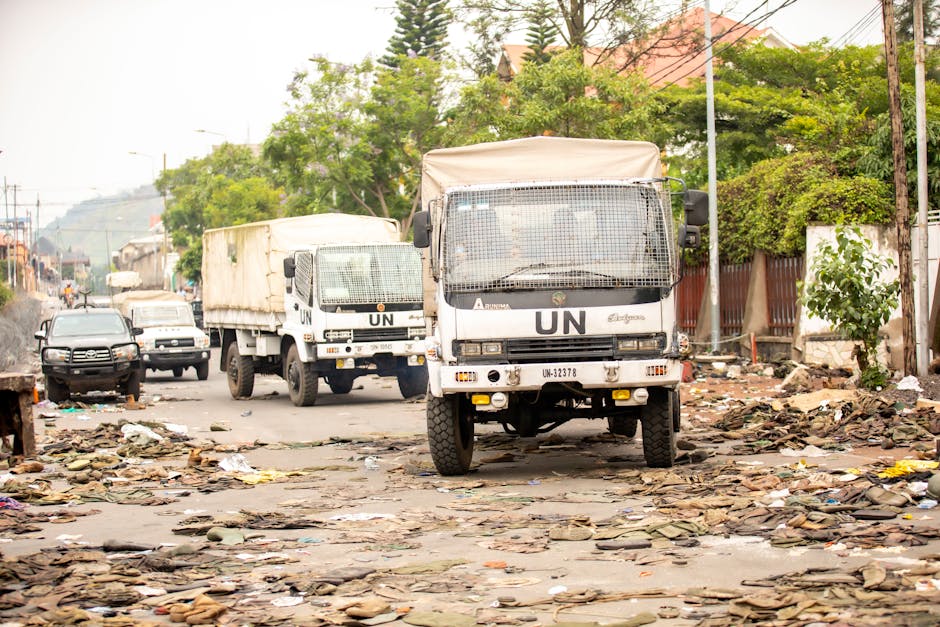A fragile hope for peace has emerged in Cairo as delegations from Israel and Hamas begin what could be the most significant push for a ceasefire since the conflict began. The world, including nations like India that have consistently advocated for de-escalation, is watching closely. However, as negotiators convene, it’s clear that potential hurdles litter the road as Israel and Hamas head to Gaza peace talks, with each obstacle capable of collapsing the entire process.
A Chasm of Core Objectives: Permanent Ceasefire vs. Total Victory
The first and most fundamental obstacle is the profound gap between the primary goals of the two sides. Hamas has been clear: its central demand is a permanent, comprehensive ceasefire and the complete withdrawal of all Israeli Defence Forces (IDF) from the Gaza Strip. For Hamas, anything less is merely a tactical pause allowing Israel to regroup before resuming its offensive. This remains their non-negotiable precondition for any meaningful discussion on releasing hostages.
Conversely, Israeli Prime Minister Benjamin Netanyahu’s government is caught between intense international pressure to halt the fighting and a domestic political imperative for total victory. His stated war aim is the complete dismantlement of Hamas’s military and governing capabilities. For Netanyahu, agreeing to a permanent ceasefire before achieving this goal would be viewed as a strategic failure and capitulation. This core contradiction—one side demanding a definitive end to the war, the other insisting on its continuation—creates a nearly unbridgeable divide.
Navigating a Political Minefield: Netanyahu’s Far-Right Coalition
Compounding the strategic impasse is the treacherous political minefield each leader must navigate at home. Prime Minister Netanyahu’s coalition government relies on the support of far-right, ultranationalist partners, including Finance Minister Bezalel Smotrich and National Security Minister Itamar Ben-Gvir. They have openly threatened to bring down the government if a deal is struck that they perceive as “surrendering to terror,” particularly one that ends the war prematurely or releases a significant number of high-profile Palestinian prisoners. For Netanyahu, political survival is as critical a factor as national security.
Hamas’s Internal Divide: The View from Cairo vs. Gaza
Hamas is not a monolithic entity. The ultimate authority on any agreement rests not with the political leaders negotiating in Cairo, but with Yahya Sinwar, the group’s leader inside Gaza. Believed to be commanding operations from the tunnel network, Sinwar’s calculus is forged in the heat of battle and insulated from external diplomatic pressures. His position may be far more maximalist than that of his colleagues abroad. A deal that appears acceptable in a Cairo hotel might be seen as a betrayal from a bunker in Khan Younis.
The Devil in the Details: Trust Deficits and Prisoner Exchanges
Beyond the overarching divides lie the complex details of the proposed agreement itself. The framework, brokered by Egypt, Qatar, and the United States, is reportedly a multi-phased deal. The initial phase would involve a temporary truce for several weeks in exchange for the release of civilian hostages.
However, the trust deficit is absolute.
* Israel’s Fear: Hamas will not honour subsequent phases of the deal once it has secured an initial ceasefire.
* Hamas’s Fear: Israel will use the pause to reset its military for a final assault on Rafah and other areas.
Furthermore, the specifics of the prisoner-for-hostage exchange are a major sticking point. The ratio of Palestinian prisoners to be released for each Israeli hostage and the identities of those prisoners—especially those convicted of deadly attacks—are deeply contentious issues that have scuttled previous negotiation efforts.
As the talks proceed against the grim backdrop of Gaza‘s humanitarian catastrophe, any pause in violence is desperately needed. Yet, sober analysis suggests optimism must be heavily guarded. The road to Cairo may be paved with international desperation, but the path to a lasting peace is blocked by the seemingly irreconcilable demands of two sides locked in an existential conflict.




